
The Revillagigedo islands or ‘Socorro’ / Cabo Pulmo / Cancun
Multiple friends had visited and spoken well of the Revillagigedos, which many refer to simply as ‘Socorro’—the name of the better-known island.
The Revillas are quite famous for their megafauna—large animals. Socorro, San Benedicto, Clarion and Roca Partida are noteworthy for a large number of sharks, including silvertip sharks, white-tip reef sharks, silky sharks, scalloped hammerheads that gather in large schools but are becoming rare, and gigantic whale sharks, the biggest fish in the sea that eat only plankton, which divers love so much.
Oceanic manta rays, which can grow to a wingspan of seven metres and are very intelligent—with the biggest brain of all fish, are frequently seen, particularly at a site in San Benedicto known as The Boiler. They are highly curious and occasionally play with divers and their bubbles.
Bottlenose dolphins are also fairly common there and are significantly less shy than in other parts of the world.
We visited the Revillagigedos with Fins Attached, a shark conservation and research organization, on their boat Sharkwater.
Researchers were tagging sharks, especially silky sharks, on the trip. We also learned about some of the famous MPAs that Fins Attached work in, which are loosely connected by swim-ways—migratory paths or corridors—used by sharks, turtles and other marine life. Cocos in Costa Rica and the Galapagos in Ecuador are hotspots, particularly for scalloped hammerheads, and their protected areas are about to be expanded significantly.
We were doing about 3 dives a day (doing 4 is exhausting and leaves little time for camera maintenance and photo backups) and focused on all the popular animals and sites, including oceanic mantas at the Boiler, sharks at the famous site known as the Canyon, and more …
We were also privileged to see Clarion Angelfish, which are endemic to the Revillagigedos and, so, very rare, which spend enormous amounts of their time ‘cleaning’ the rays—removing parasites from their skin.
Some of the photos shown here were taken during another expedition … to Cabo Pulmo, a no-catch marine reserve whose biomass increased by 400% some years after gaining its protected status.
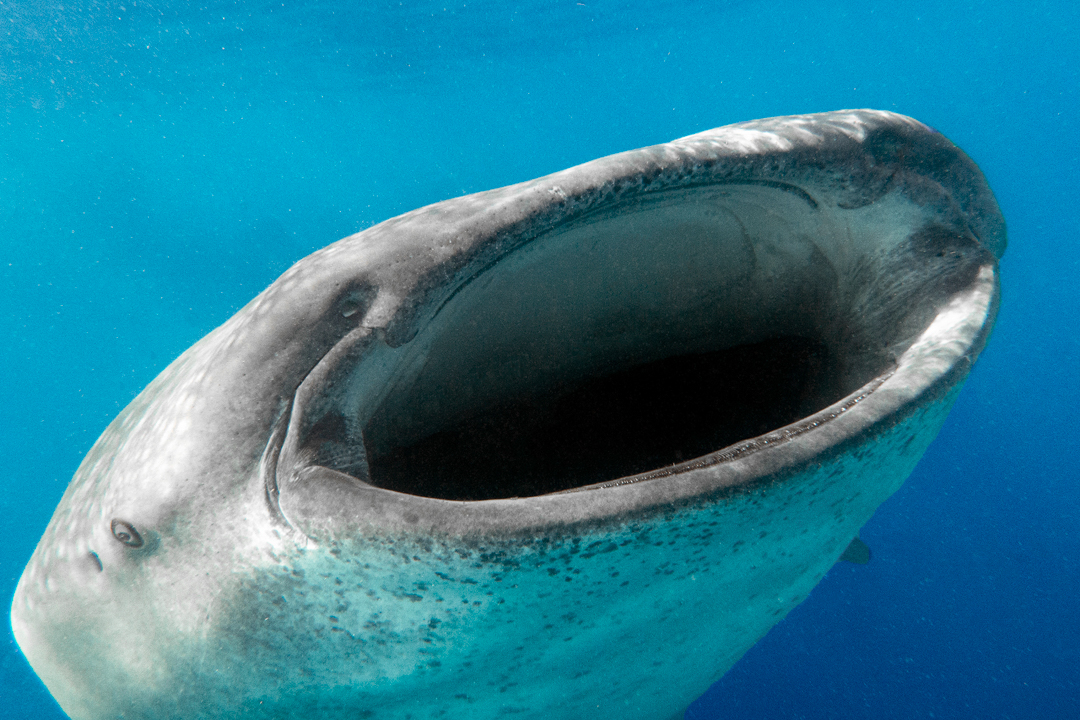
Big mouth!
A whale shark filter-feeds
ISLA MUJERES, MEXICO
August 2013
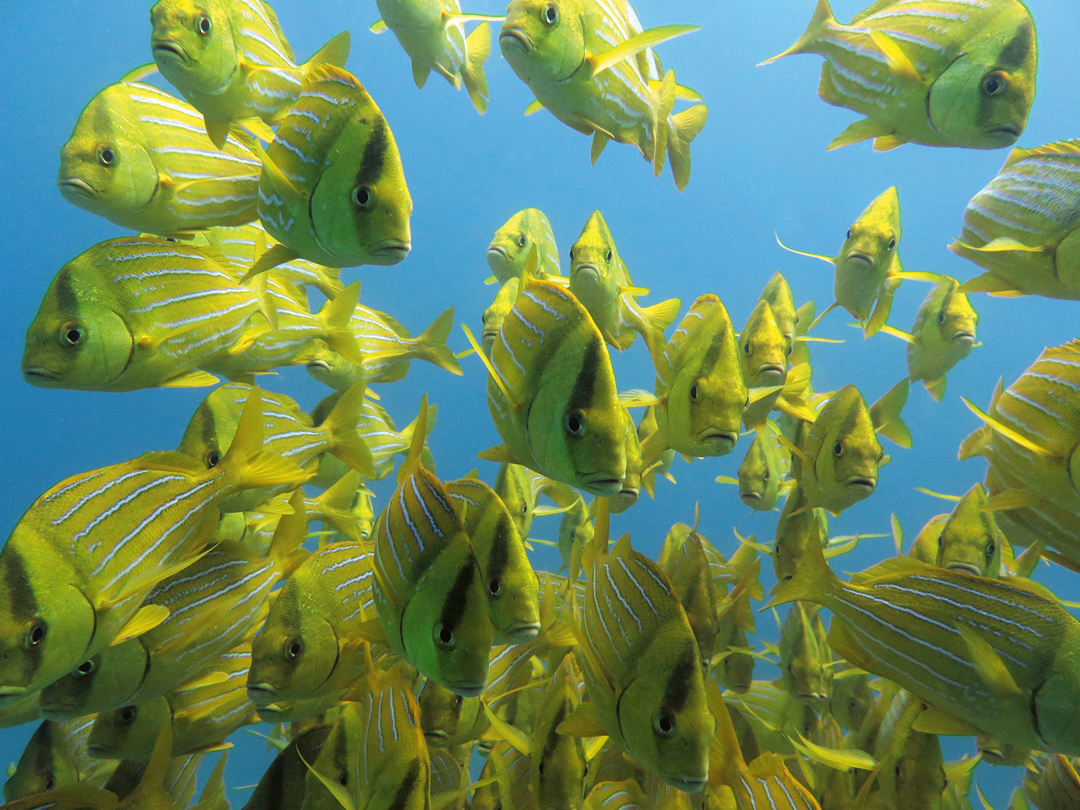
The famous porkfish of Cabo Pulmo.
MEXICO
March 2014
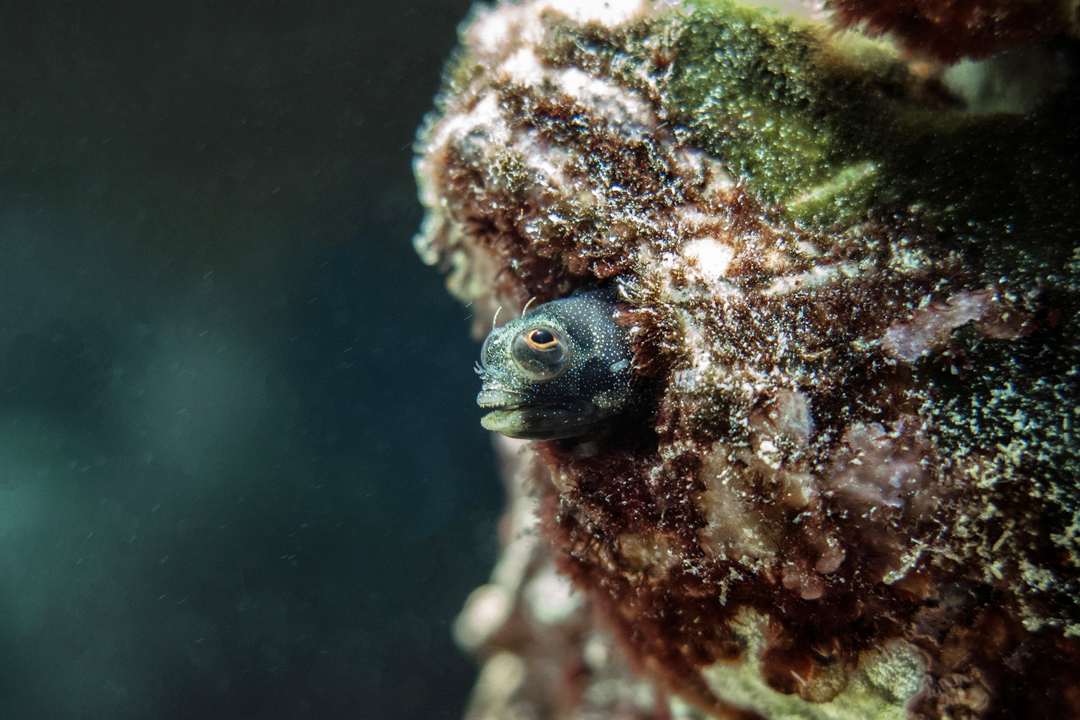
A barnacle blenny
CABO PULMO, MEXICO
March 2014

At the Los Islotes sea lion colony, off La Paz
MEXICO
April 2014
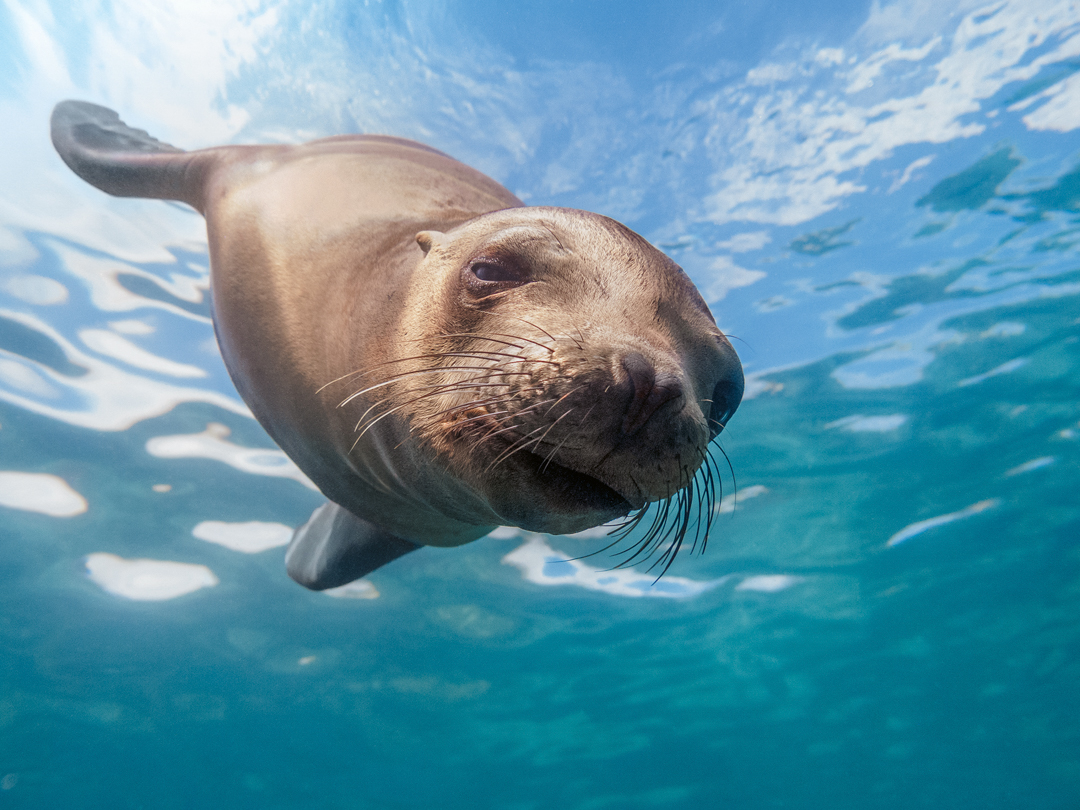
‘Docile descent!’
A sea lion pup investigates…
LOS ISLOTES, CLOSE TO LA PAZ, MEXICO
April 2014

Doe-eyed sea lion pup or ‘Isa lion’ who played with me for an hour.
LOS ISLOTES, CLOSE TO LA PAZ, MEXICO
January 2014
She looked just like my dog, Isabella—‘Isa’!
This pup and I played together for over an hour. Every time it surfaced, I followed it. Every time I descended, it followed me. It was like an adoring puppy—an overenthusiastic playmate.

Sometimes it’s very easy to see why people refer to sea lions as “dogs of the sea”… Not only do they look a little like dogs; but they are frequently as playful as puppies.
MEXICO
March 2016
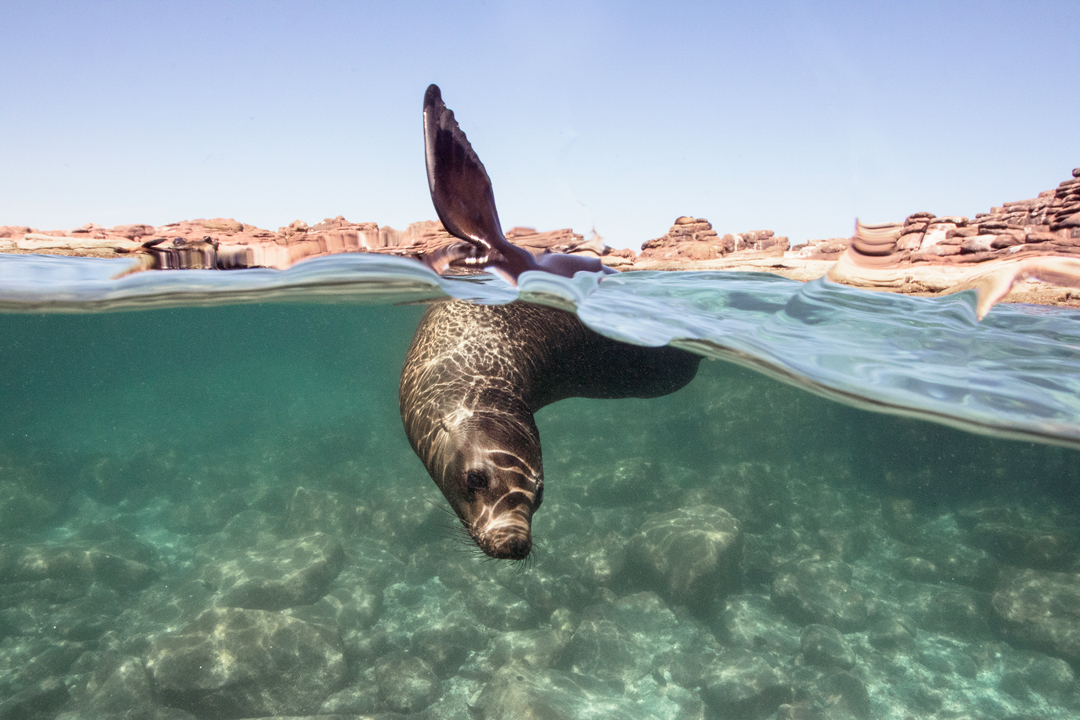
Split level sea lion.
MEXICO,
March 2016
I don’t even remember shooting this! After hundreds of thousands of images sometimes you forget. Split levels are hard as you’re usually treading water and the camera is quite heavy. So capturing this was a nice surprise—and so was finding it years later.
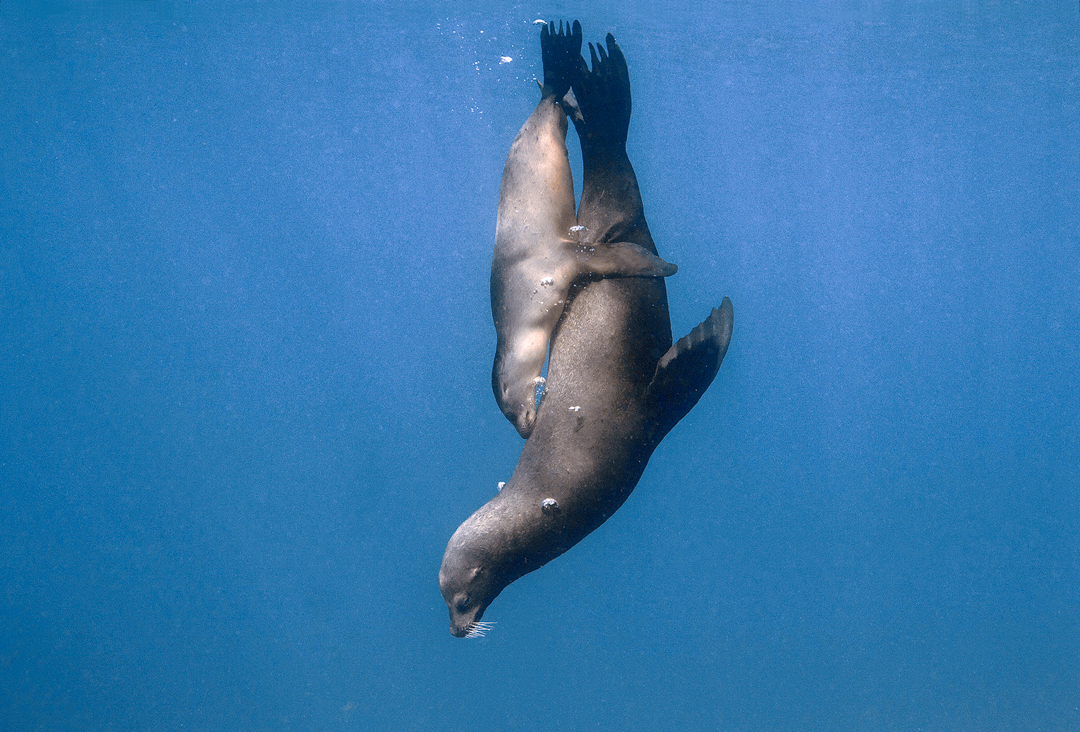
Moving mummy hug.
LA PAZ, MEXICO
August 2018
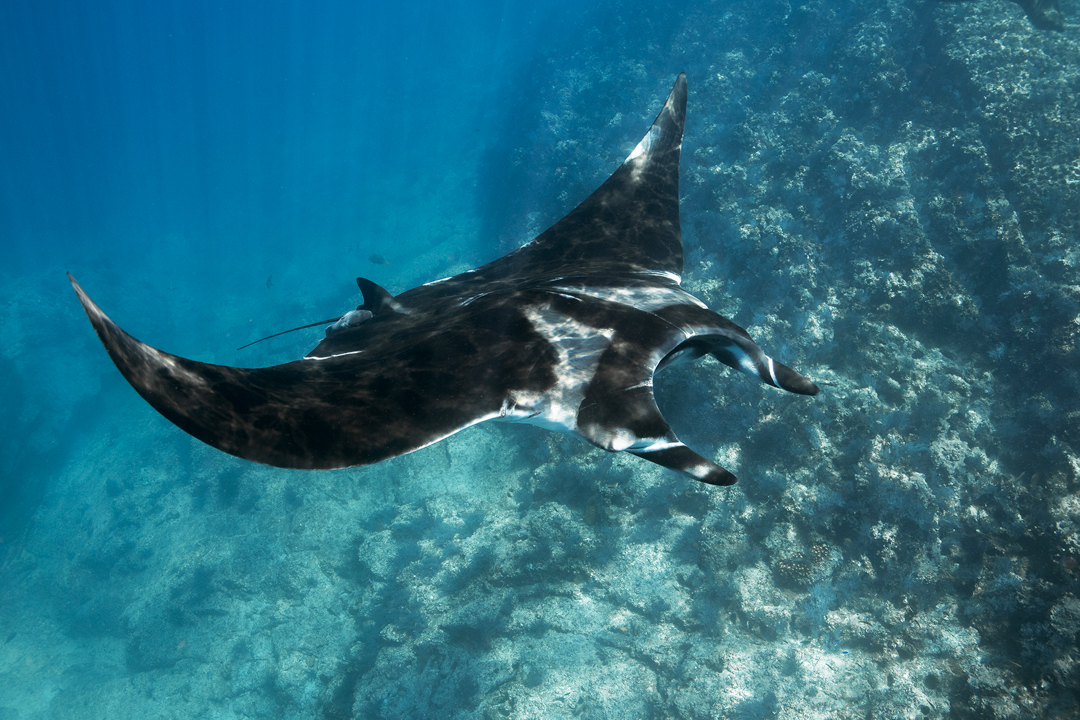
Manta ray in La Paz
MEXICO
August 2018
I was very lucky to have a 10-15 minute swim with this manta—which stayed at the surface and close to me nearly the entire time; it never moved away.
Mantas are well-known to be intelligent (there are stories about them thanking people who untangle them from nets with a swim). They have the biggest brains of all fish ... And it is thought that they can actually recognize individual divers.

Surface shenanigans!
Sea lions in top shape.
LA PAZ, MEXICO
August 2018

Bubble-maker!
CABO PULMO, MEXICO
August 2018

Bottlenose dolphins explore a school of jacks in the Revillagigedo islands.
The dolphins had come to play, not to eat … not one jack was chased, wounded or killed. Moments such as these are sheer serendipity.
MEXICO
February 2021
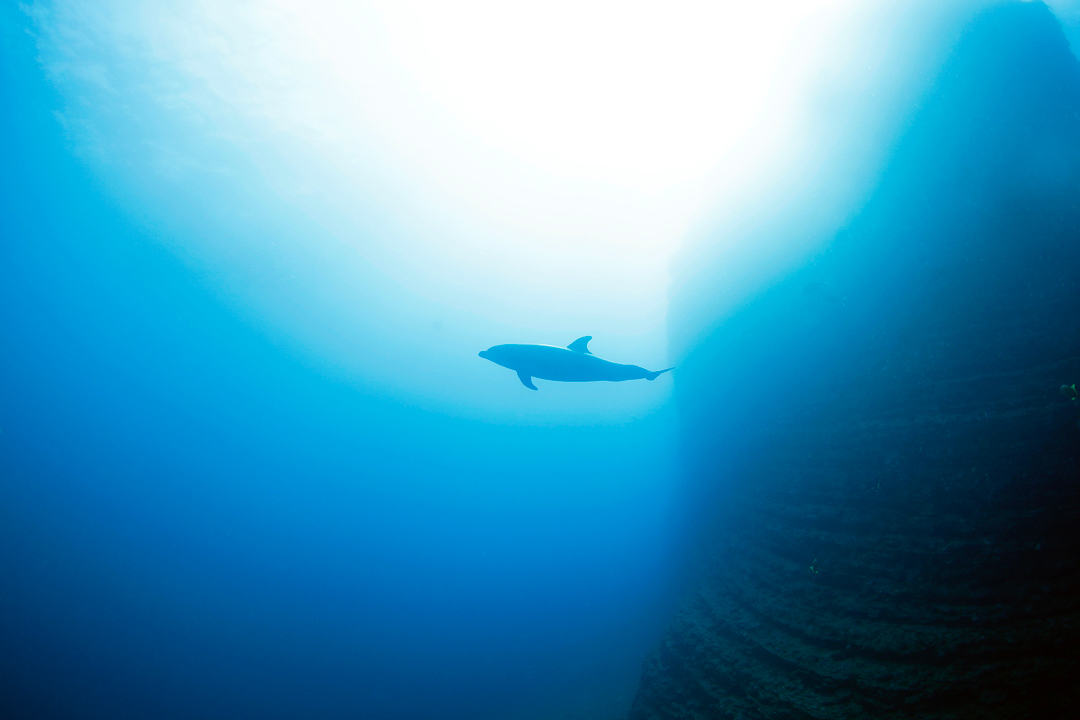
A bottlenose dolphin becomes the light at “the boiler” in San Benedicto!
SOCORRO, MEXICO
February 2021
This was a very intimate, nearly private, and spiritual moment. My friends were over twenty meters behind me, swimming in the other direction.
There’s no way they witnessed this moment. A near-mystical animal in an otherworldly setting. I remember thinking that if the photograph even began to do justice to the subject and setting, it was going to be a good day.
And it was a great day!
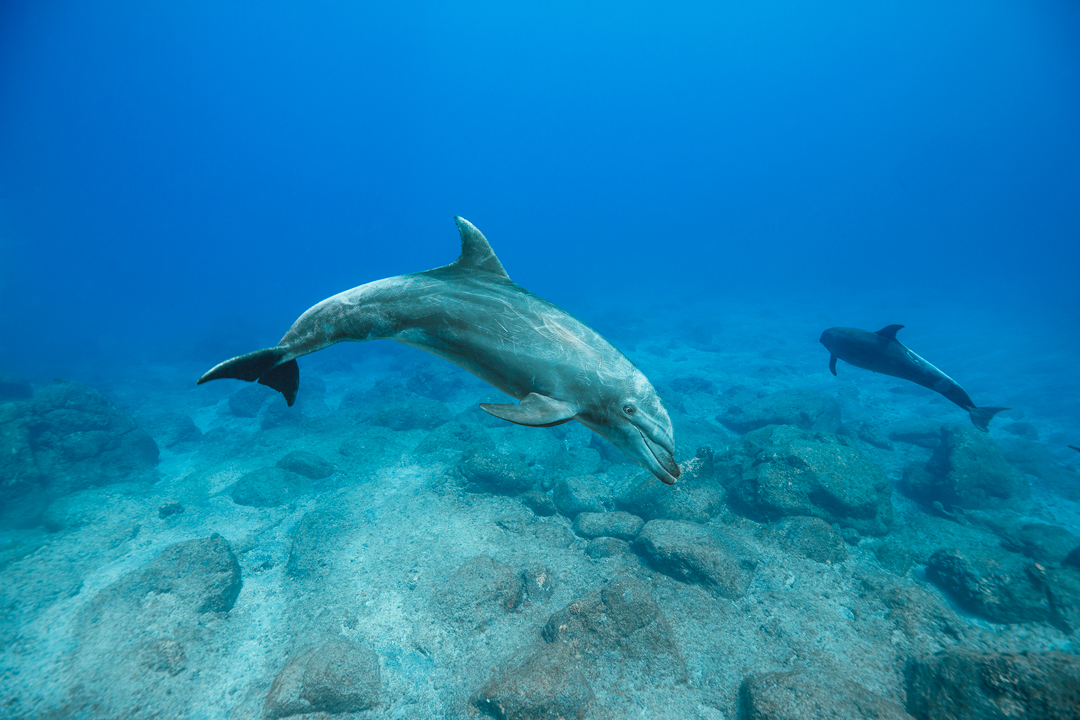
Bottlenose dolphin
SOCORRO, MEXICO
February 2021


An oceanic manta ray rises closer to the surface, followed by a couple of jacks, in the Revillagigedo islands
MEXICO
February 2021
When white catches the light from the sun or flash it can look extremely shiny, as does the manta’s cephalic lobe in this case.
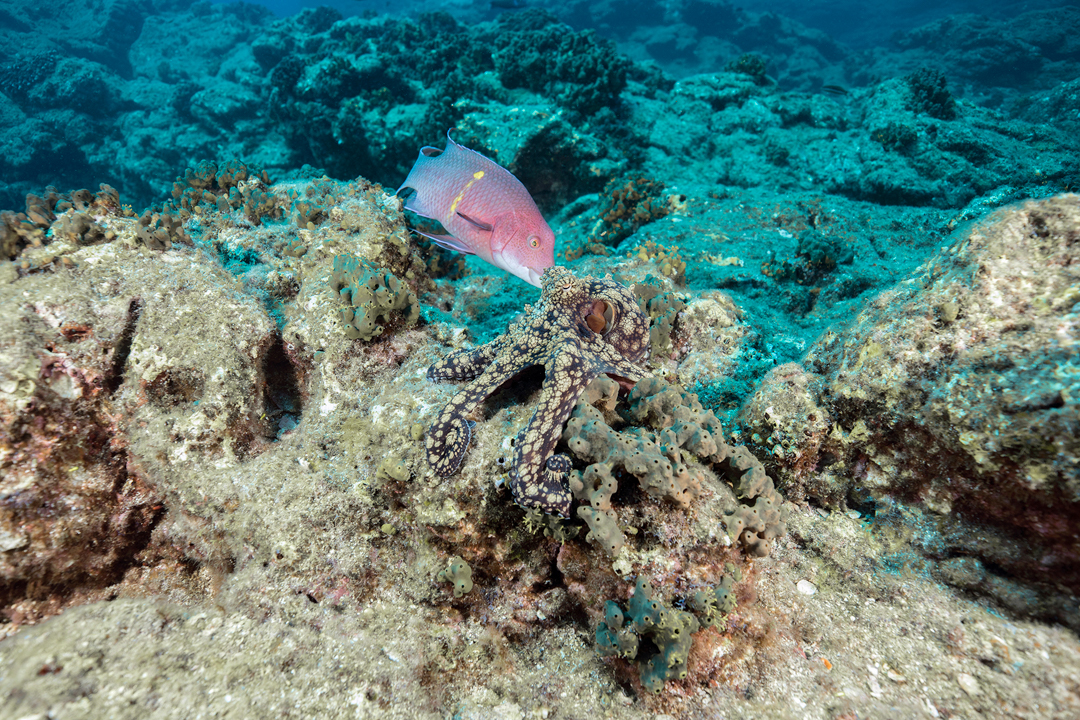
A rather large and welcome octopus found on a very boring dive one of the last days of the trip.
For some reason fish and octopuses frequently interact when the molluscs are outside their hiding places (usually a hole in the sand or crevice in the reef). During the 5 or so minutes this specific octopus was observed, it was visited by at least 3 different fish, including the Mexican hogfish in this image and a very large damselfish. Recent footage indicates that fish and octopuses occasionally collaborate to hunt.
SOCORRO, MEXICO
February 2021
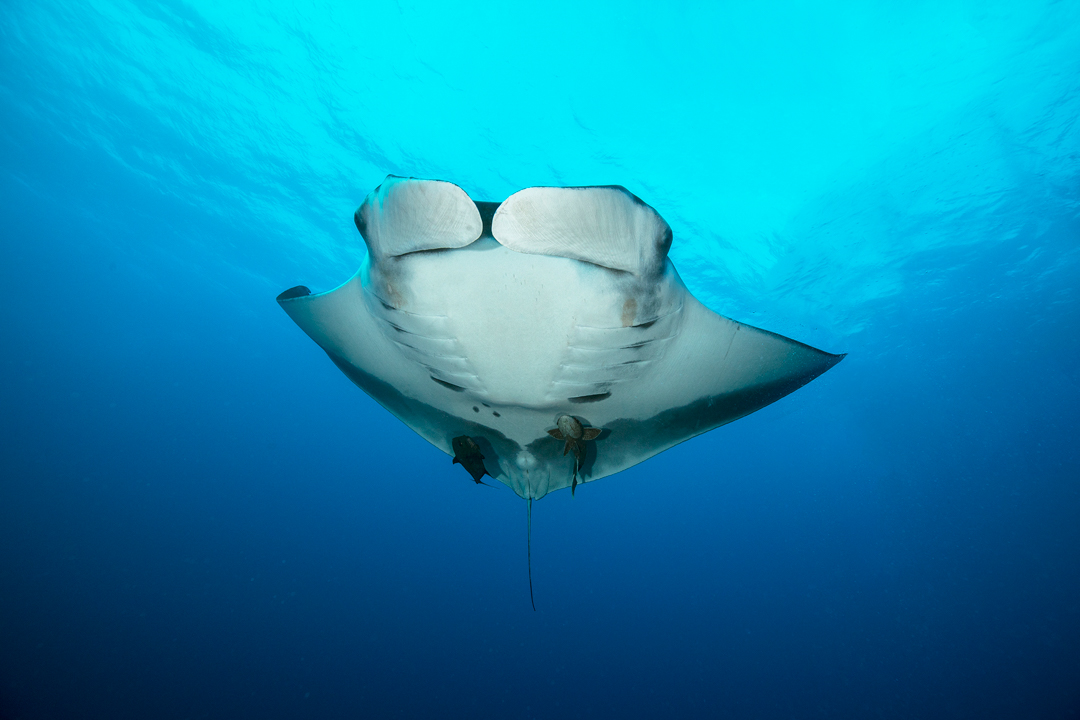
A beautiful oceanic manta ray with its cephalic lobes neatly folded below.
CABO PEARCE, SOCORRO, MEXICO
February 2021
These appendages are used to funnel plankton into the mouth, their positions changed at will. One can also make out two remoras at the base of the tail.
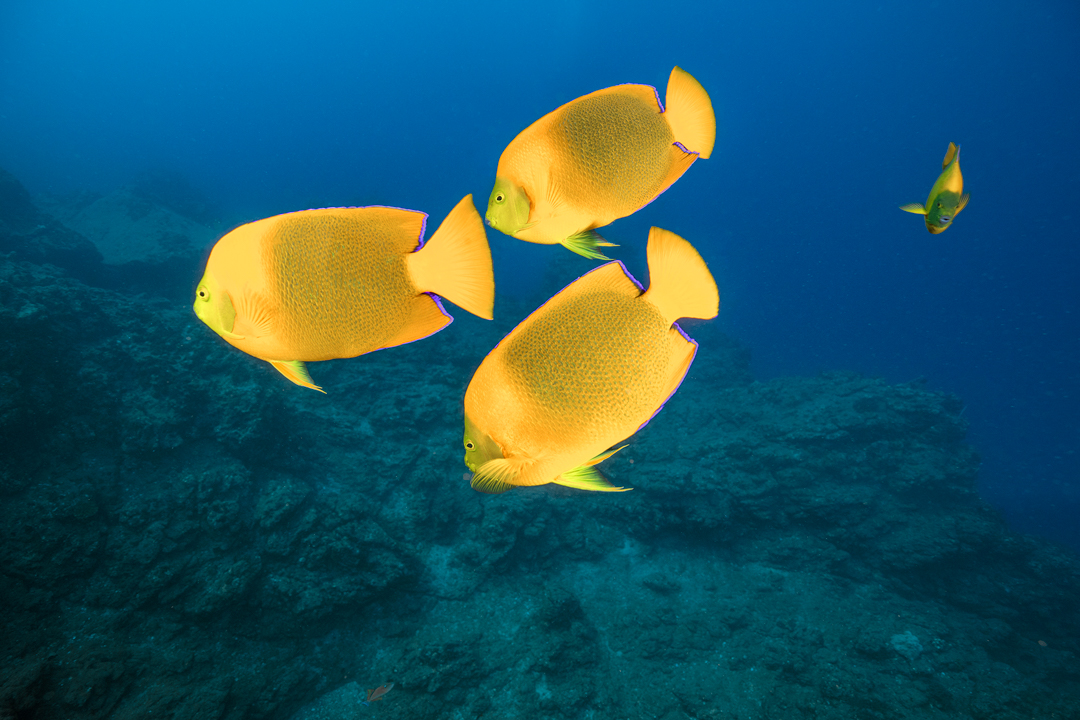
Clarion angelfish close to the camera—and so very lit up by flash.
SOCORRO, MEXICO
February 2021
Clarion angelfish are extremely rare, living solely in a tiny part of the region. They are one of the very few species that “clean” the oceanic manta rays, removing parasites and dead skin by gently biting them.
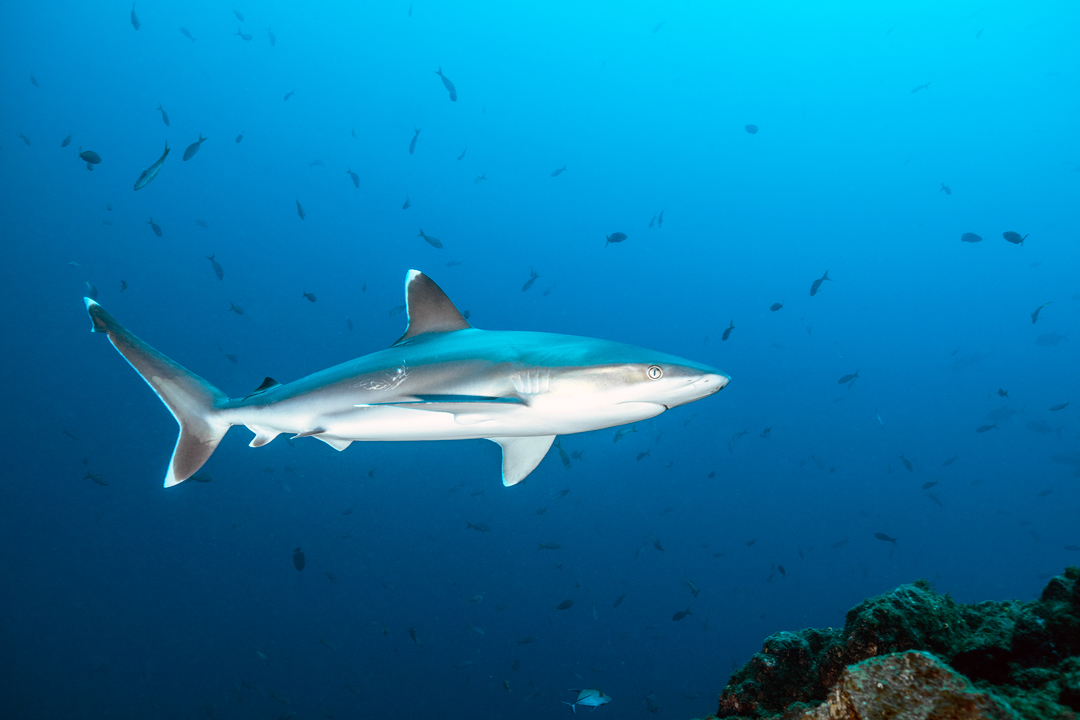
A beautiful silvertip shark at the Canyon site, San Benedicto, on our last day of the trip.
SOCORRO, MEXICO
February 2021
The Canyon is a site that’s usually full of sharks, whether silvertip, white-tip reef sharks or scalloped hammerheads. This particular silvertip came closer to me than nearly any other shark on the dive—and looked wonderful with some flash. It’s a little surprising that they named this species of shark ‘silvertip’ when the tips are actually white. Perhaps this is because the fins of several species, including oceanic whitetips and whitetip reef sharks, have white tips.

Blue sharks are among the most prolific in the world.
Unfortunately their numbers are declining rapidly due to the finning industry.
MEXICO
March 2021
After our trip to the Revillagigedos, Simo and I went shark diving in Cabo San Lucas. Blue sharks, makos or smooth hammerheads were likely. About 5 blues showed up—my first ever!


